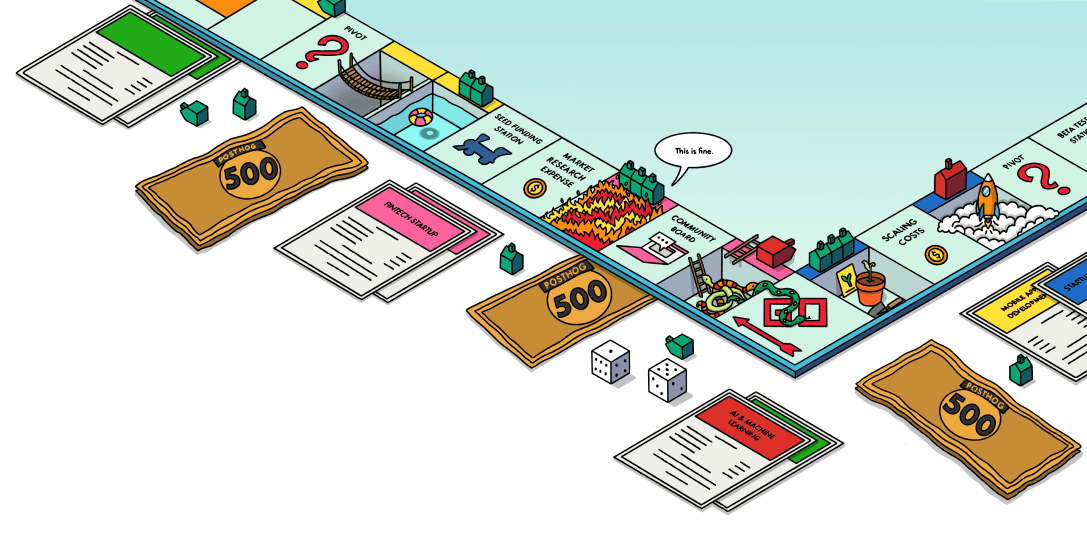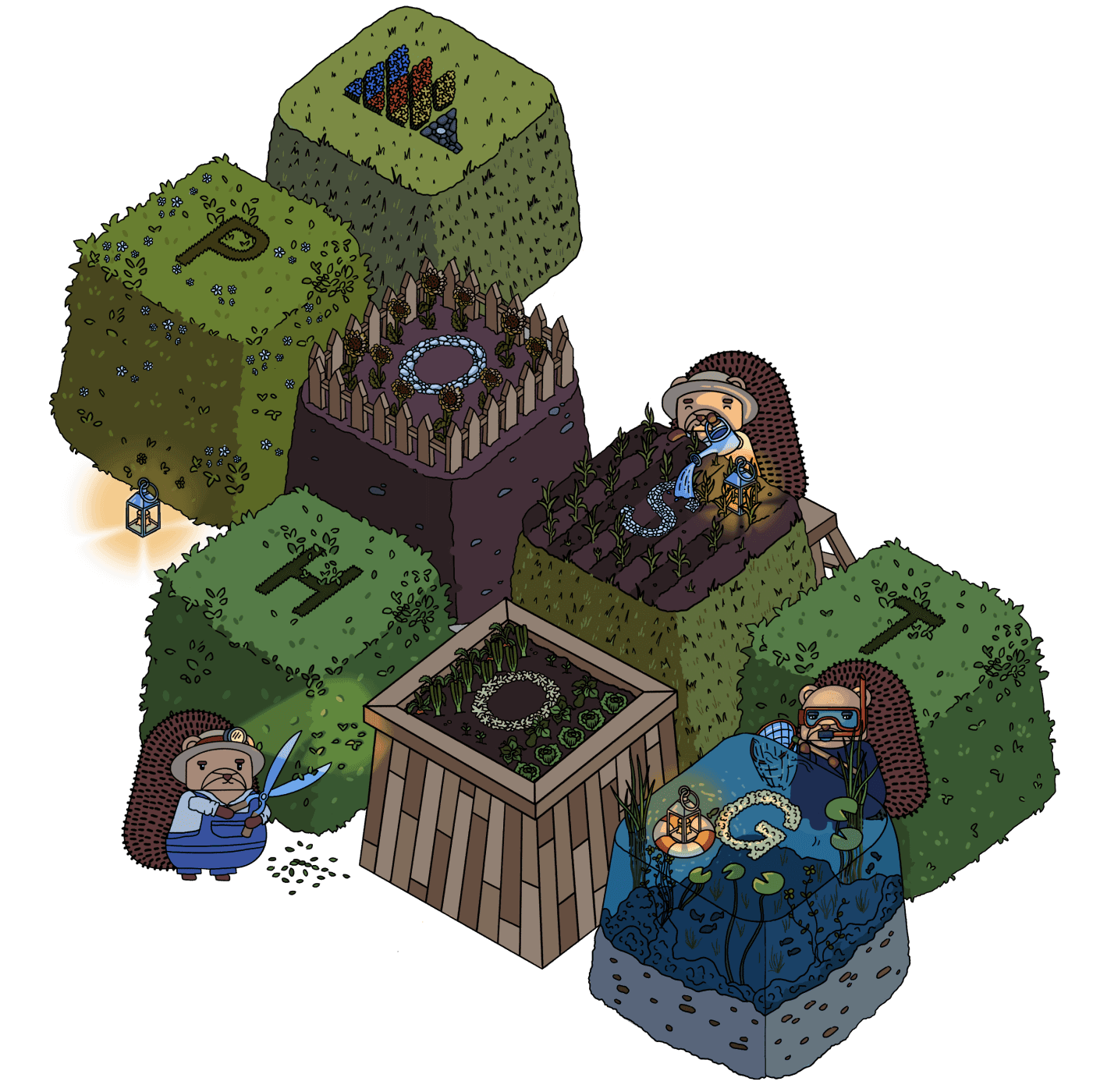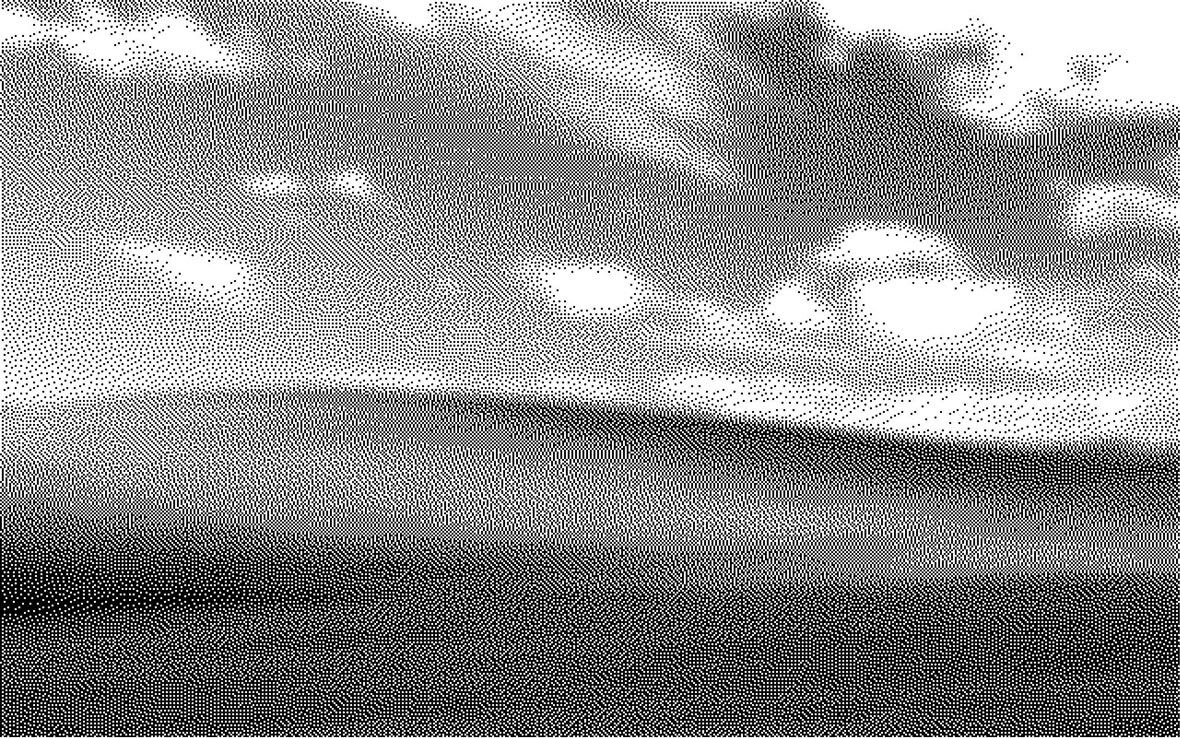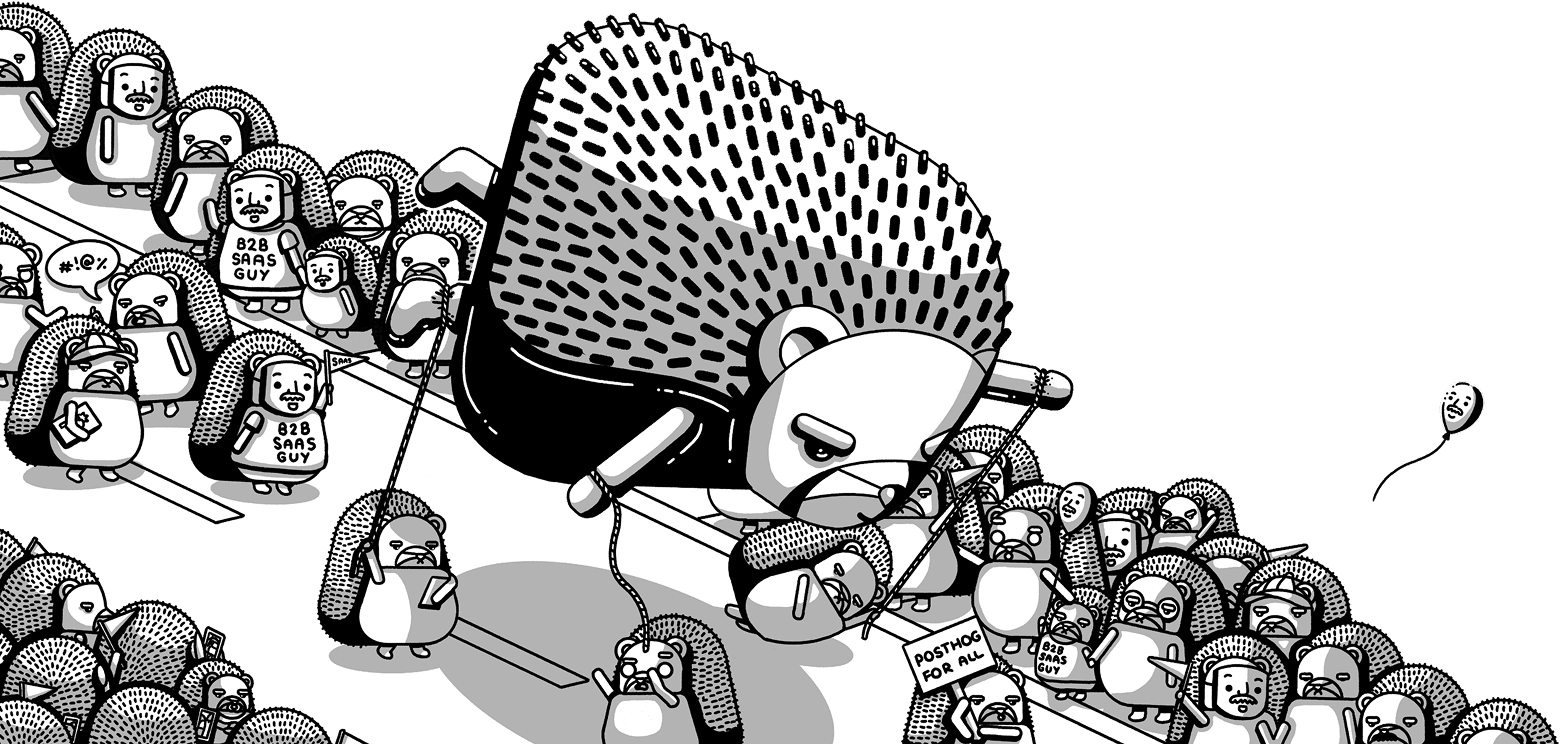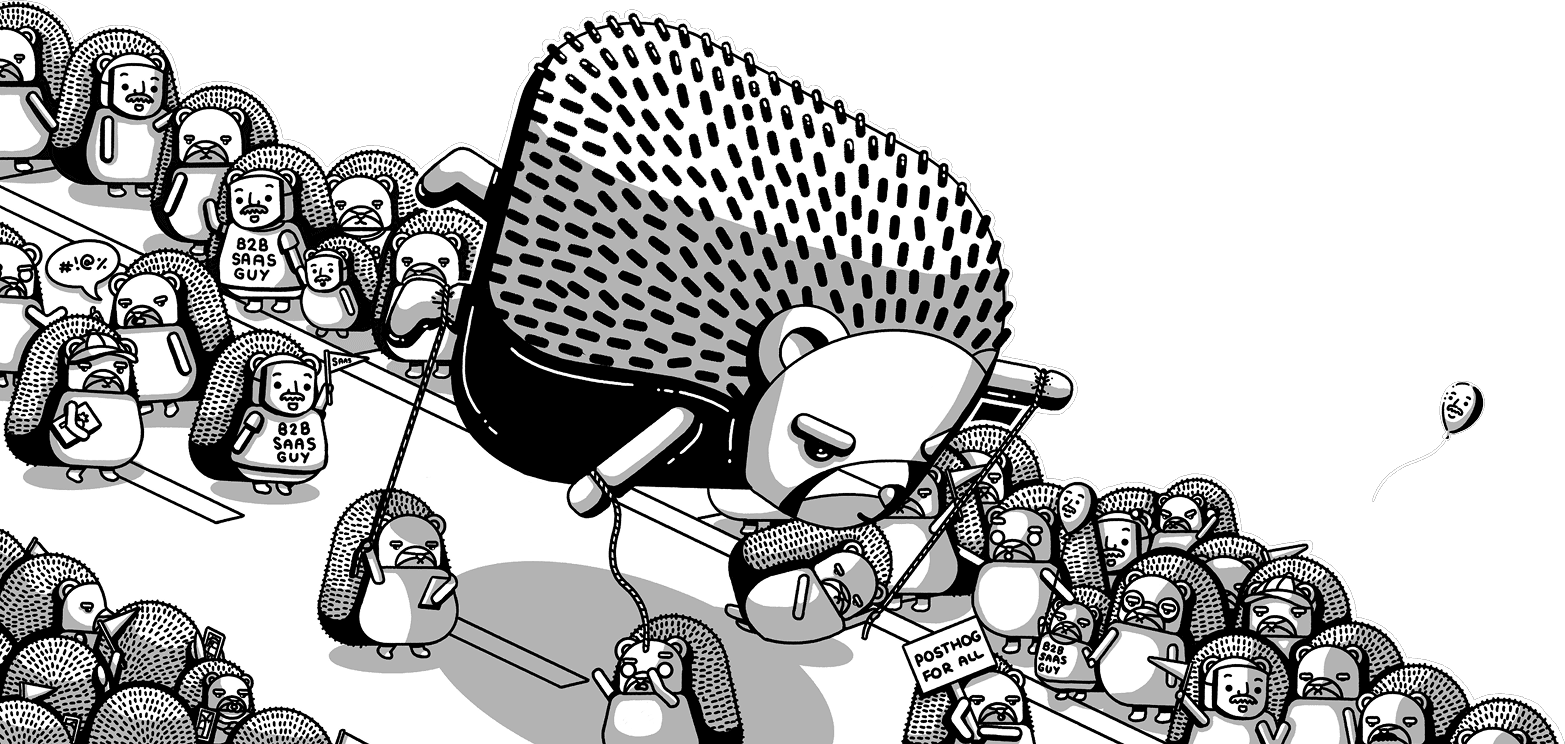Content Security Policy and ingestion domains
Contents
Using Content Security Policies (CSP)
NOTE: This only applies to PostHog Cloud.
As described on MDN: Content Security Policy (CSP) is an added layer of security that helps to detect and mitigate certain types of attacks, including Cross-Site Scripting (XSS) and data injection attacks. These attacks are used for everything from data theft, to site defacement, to malware distribution.
If you choose to use a CSP it is important to ensure that PostHog domains are permitted. PostHog is a distributed Cloud service and as such can have different domains that change over time but will always be served from the root domain posthog.com. As such you should add *.posthog.com to your CSP directive.
Content Security Policy directives needed
Depending on how you have installed posthog-js, the SDK will dynamically load extra JavaScript assets as necessary. For example, the snippet is very small and just loads array.js. This requires the script-src directive.
Once loaded, the SDK will make API calls to the various endpoints for feature flags, analytics ingestion etc. This requires the connect-src directive. Additionally, if additional JavaScript assets are required such as the larger bundle for the Session Replay recorder, then they will be loaded via additional <script/> tags which in turn require the script-src directive.
Below is an example of a relatively restrictive CSP that limits only scripts and API calls to all posthog domains. We generally do not recommend being stricter than this as the exact subdomains may change over time as we optimize our traffic routing.
Enabling the Toolbar
The Toolbar is a powerful tool for configuring and loading information from PostHog directly on your website. When enabled, posthog-js will load additional scripts which in turn can load everything from fonts to css to images in order to render it fully. This means adding quite a few more CSP directives or being less restrictive by adding https://*.posthog.com to the default-src directive.
Depending on your compliance needs you can either:
- Add
https://*.posthog.comto yourdefault-srcessentially trusting all calls to our domains. - Modify your CSP so that when your web app is accessed by employees (the only people that would need the Toolbar) it has the above, more open policy.
- Add the additional directives as mentioned below to ensure that all the necessary assets can be loaded
NOTE: This list should be enough at the time of writing. As the PostHog application changes rapidly, it is possible that other directives may be needed over time for loading the Toolbar. If you experience issues after implementing one of the above solutions, you can typically debug in the browser tools which part of the CSP is blocking requests.
Enabling heatmaps
You will need the following CSP to allow heatmaps to render your site in an iframe of ours:
Supporting nonce directives
You may choose to use a nonce in your CSP in order to ensure every script/style loaded has the matching nonce for the current page load. This can be done via two config options in posthog-js like so:
This will modify the script/stylesheet to be loaded before they are inserted to the DOM. Be sure to understand fully the implications of using a nonce and to ensure that you are using the npm install method or modifying the snippet to also include this nonce value.
Make sure you return the script/stylesheet or else we won't append it to the DOM.
Domains used by PostHog clients
WARNING: Adding more specific domains is not recommended as we may change target subdomains over time. If you do specify a non-wildcard domain, we cannot guarantee that it will continue to work in the future.
Our client SDKs (where appropriate) will take care of selecting the correct domain. Typically you do not need to be aware of these domains. For example when you specify api_host: "https://app.posthog.com" the SDK will recognize this as a US configuration and make the correct calls to us.i.posthog.com or us-assets.i.posthog.com accordingly.
| Domain | Usage |
|---|---|
us.i.posthog.com | US ingestion endpoint for client SDK API calls |
us-assets.i.posthog.com | US CDN for client SDK assets (such as array.js) |
eu.i.posthog.com | EU ingestion endpoint for client SDK API calls |
eu-assets.i.posthog.com | EU CDN for client SDK assets (such as array.js) |
eu.posthog.com | EU PostHog app domain (used by the Toolbar) and also legacy ingestion |
us.posthog.com | US PostHog app domain (used by the Toolbar) |
app.posthog.com | Legacy ingestion endpoint |
Keeping track of your CSP violations
You can send reports of CSP rule violations to PostHog, which is useful for:
- Warning when your website is under certain kinds of attack
- Debugging problems when adding external scripts/media/etc to your site
- Being confident that changes to your site haven't broken the loading of any resources
Troubleshooting / FAQ
What is the absolute bare minimum CSP I could have?
If you really want to have a restrictive CSP with the absolute bare minimum changes, you can bundle all required posthog-js dependencies as part of your own application JavaScript, ensuring there is no need to load extra scripts at runtime.
- Follow the instructions to bundle all required extensions when installing PostHog via a package manager or install the snippet.
- Update your content security policy to only include the
connect-srcdirective as below
Note: This will not work with the toolbar and generally means your initial bundled JavaScript will be much larger depending on the dependencies you are including. It also means you will need to keep your version of posthog-js up to date.
What if I use a reverse proxy?
Using a reverse proxy means you are sending data via a domain under your control. All you would have to do with your CSP in that case is ensure this domain is permitted rather than PostHog ones.

